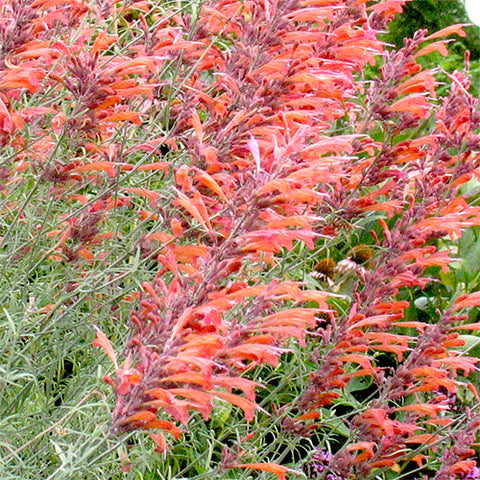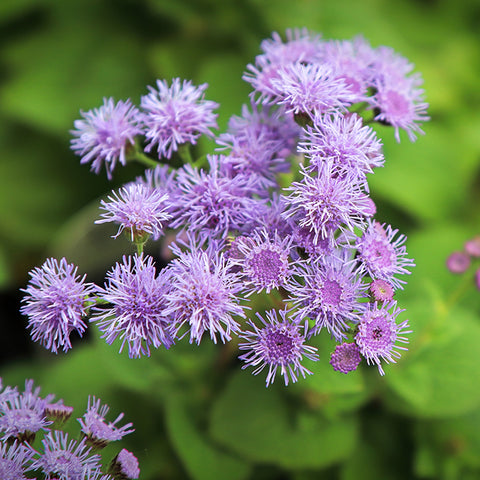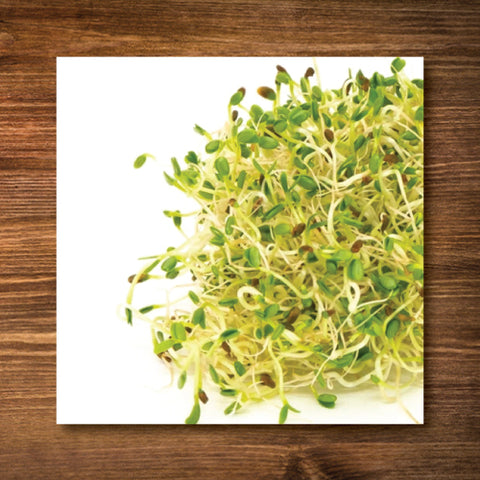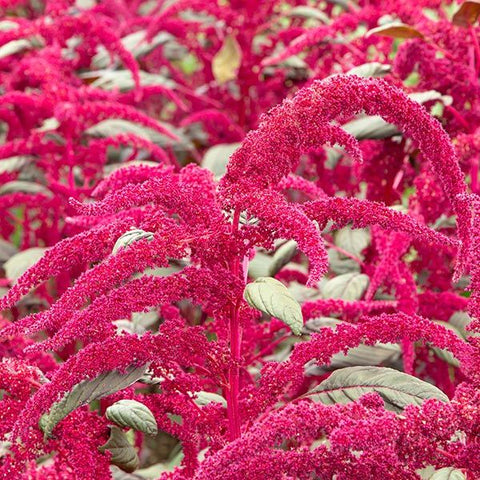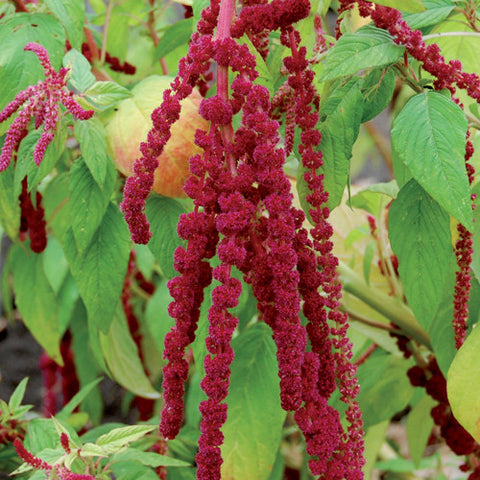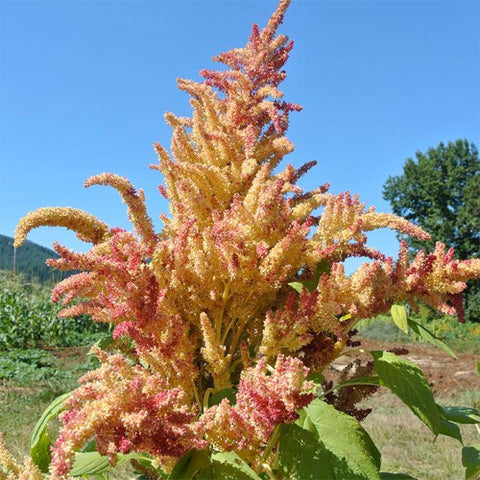Kohlrabi, Azur Star (Certified Organic Seeds)
$4.59
This item may be out of season or currently out of stock. Please check back.
Description: Early-maturing kohlrabi with magnificent violet-purple skin and crisp, juicy flesh that makes for delectable slaws.
Enjoy kohlrabi raw (in salads and slaws) or cooked (roasted, steamed, or puréed into soups).
Certified Organic by Ecocert Canada/ Open Pollinated/ Non-GMO
Pack Size: 125 seeds
Latin Name: Brassica oleracea var. gongylodes
Main Uses: Culinary
Days to Maturity: 50 days to maturity
Exposure: Full sun
Certified Organic: Ecocert Canada
Germination: 4 - 7 days. Kohlrabi germinates under a wide range of temperatures from 8º C to 28º C.
Sowing Indoors: Start transplants 4-6 weeks before planting out date. Early to mid-April is ideal.
Sow depth: 1/4 - 1/2".
Planting Out: Set transplants out 2 - 3 weeks before the last frost date (Kohlrabi is a cool-season crop).
Spacing: Plant seedlings 4” apart in rows 12 - 18” apart.
Sowing Outdoors: Direct seed as soon as ground can be worked in the early spring. For a fall crop, sow seeds in late July.
Seeding Spacing: 1 inch. Thin to 4 inches.
Row Spacing: 12 -18”.
Special Notes: Larger plants become woody. With leaves removed, Kohlrabi can be stored in the fridge for several weeks. The best-quality Kohlrabi comes from summer plantings for fall harvest. Needs plentiful and consistent moisture for top quality.
Growing in Containers: Well-suited for large raised beds, but not smaller containers.
Growing in Mixed Planters: Not well-suited for mixed planters.
Growing in Garden: Amend beds with quality compost, such as Sea Soil. Kohlrabi likes moist but well-draining soil. Application of an organic fish-based fertilizer every two weeks is recommended.
Harvesting: Harvest when stem swells to 3-5” and is easily visible above the soil. Larger plants become woody. With leaves removed, kohlrabi can be stored in the fridge for several weeks.
Pest/Disease Issues: Flea Beetles can be a serious problem for all Brassicas - especially in Manitoba where Canola is grown extensively (the beetles love Canola). The best way to avoid Flea Beetle damage is to grow Brassicas under row covers. Where the larvae have over wintered, specialized beneficial nematodes can applied to the soil in late May; the nematodes eat up the larvae before they can hatch - increasing the effectiveness of row covers considerably.
Suitability for Indoors: Not suited for indoors.


